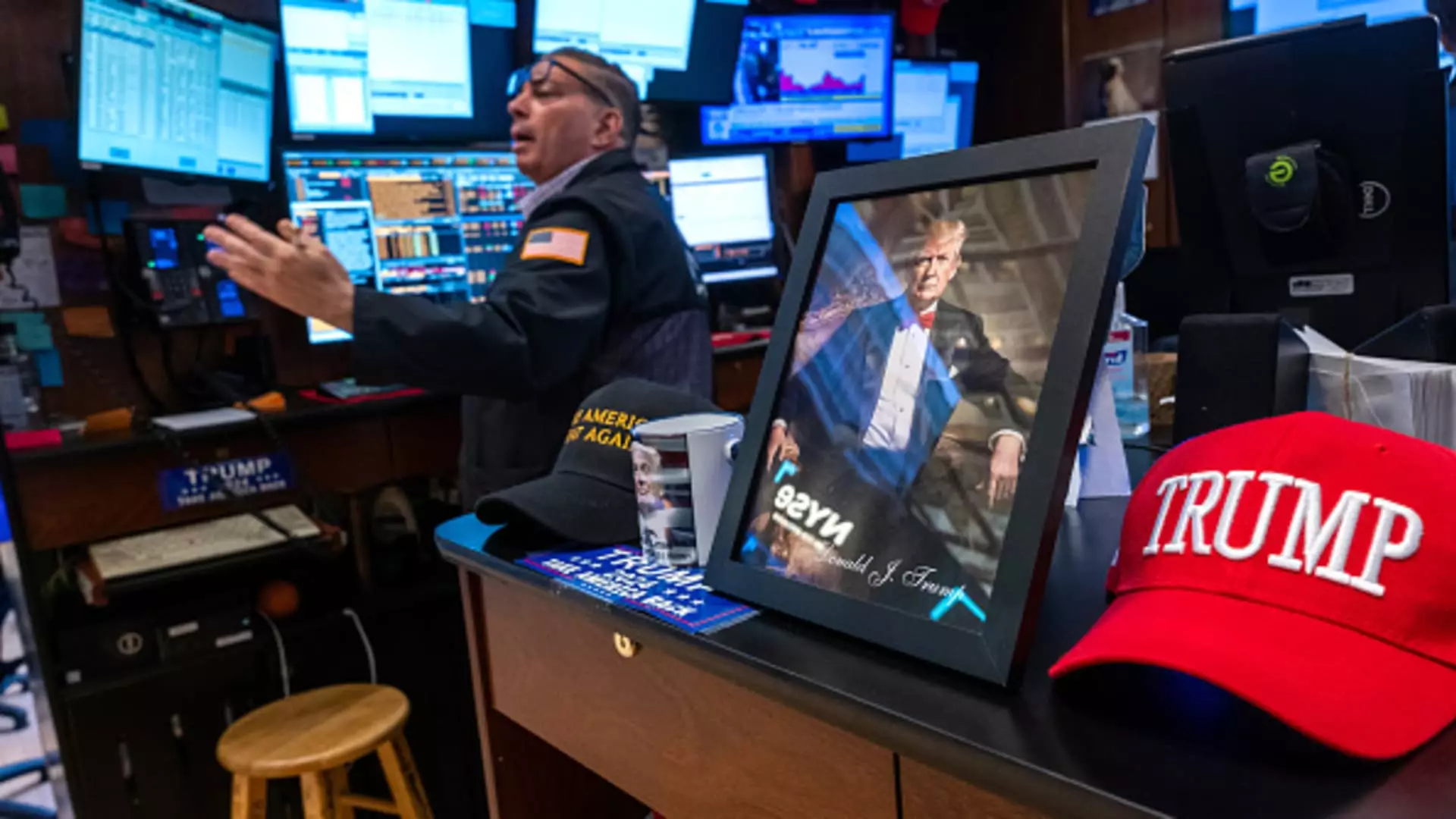Recent fluctuations in the stock market, particularly during the second term of Donald Trump’s presidency, invite a closer examination of how we perceive success or failure in economic terms. Investors may find solace in the annualized returns of the S&P 500, currently resting at a modest 1.58%. However, beneath the surface lies a narrative fraught with volatility, characterized by six significant drops exceeding 2% since Trump took office. This raises an essential question: is equanimity the answer to enduring the relentless ebb and flow of the market, or does it mask deeper underlying issues requiring urgent attention?
The psychology of investing is crucial when interpreting performance metrics. Many investors fixate on short-term gains and losses, mistaking them for definitive trends. The daily turbulence experienced by the S&P 500—18 occurrences of a 1% dip—creates a false sense of despondency, leading to a knee-jerk reaction of fear and, ultimately, losses when investors pull out at inopportune moments. The lesson here is simple yet profound: although markets may seem perilous in acute moments, clinging to long-term strategies can yield far more fruitful outcomes.
Learning from Historical Precedents
To illustrate this, one can look back at the historical performance of the S&P 500 during various presidencies. For example, despite the myriad challenges faced by George W. Bush, who encountered a disheartening average return of -12% during his first term leading up to June 2001, the market eventually rallied during subsequent administrations, demonstrating an underlying resilience. The S&P 500 surged by 34% in Joe Biden’s early months and approximately 30% during Barack Obama’s initial terms, emphasizing the cyclical nature of economic recovery.
This pattern underscores a vital lesson: historical performance should serve as a guiding light rather than a predictive tool. Those who entered markets heavily influenced by immediate disillusionment often missed out on extraordinary recoveries simply because they allowed brief setbacks to cloud their judgment. Investment isn’t merely about reacting; it’s about embarking on a long journey, often through peaks and valleys, where the ultimate destination is determined by patience and resilience.
Guiding Principles for Modern Investors
Navigating investments in challenging climates requires a disciplined approach and insight from financial experts. Cathy Curtis, founder of Curtis Financial Planning, articulates a critical sentiment within this discourse—volatility doesn’t predict direction. There will always be external factors contributing to declines, be it political uncertainty or global events. The key, Curtis insists, is to remain steadfast and resist the impulsive temptation to bail when confronted with turbulence.
In a world filled with incessant noise and confusion, a clear line of communication between investors and their financial advisors is paramount. Education around market dynamics can equip individuals with the knowledge needed to weather financial storms, allowing them to distinguish genuine threats from mere blips on the radar. The psychological strain of watching one’s investments fluctuate daily can deplete one’s mental resources, yet it’s crucial to remember that emotional decision-making often leads to poor outcomes.
The Power of Longevity in Investments
Emphasizing the importance of a long-term perspective, Mark Motley from Foster & Motley reinforces the stance that nearly all presidential terms since Carter have generated solid stock market returns. Investors must doubt their instincts when they are influenced by fear-driven narratives, as evidenced by real results from nearly three-quarters of a century’s worth of market data.
For instance, a hypothetical $1,000 investment in the S&P 500 in 1950 would have transformed into around $3.8 million by June 2023, astonishing growth that counteracts the tumultuous periods along the way. This highlights the necessity of ignoring short-term distractions to engage in strategic, long-term planning with an understanding that selling out during market downturns often results in missed opportunities for growth.
Battling market volatility is not solely about shrugging off the day-to-day unease. It’s about cultivating a mindset that appreciates the marvel of investments over decades. In an era marked by indignation and uncertainty, maintaining belief in a robust financial future is a revolutionary act in itself.

